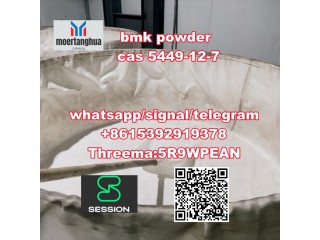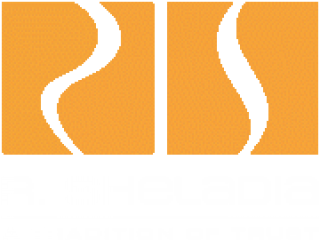Grippers Private
2 years ago - Real estate - Bareilly - 174 viewsA gripper is a motion device that mimics the movements of people, in the case of the gripper, it is the fingers. A gripper is a device that holds an object so it can be manipulated. It has the ability to hold and release an object while some action is being performed. The fingers are not part of the gripper, they are specialized custom tooling used to grip the object and are referred to as "jaws." Two main types of action are performed by grippers: External: This is the most popular method of holding objects, it is the most simplistic and it requires the shortest stroke length. When the Pneumatic Centering Gripper jaws close, the closing force of the gripper holds that object. Internal: In some applications, the object geometry or the need to access the exterior of the object will require that the object is held from the center. In this case, the opening force of the gripper will be holding the object.
Major Factors in Choosing a Pneumatic Gripper and Jaw Design:
When choosing a pneumatic gripper and jaw design, these ate the major factors to consider: 1. Part shape, orientation, and dimensional variation If the object has two opposing flat surfaces, then 2 Jaw Parallel Gripper is desired since it can handle some dimensional variation. Jaws can also be designed to handle cylindrical objects with the 2 jaw concept. Keep in mind that retention or encompassing grip requires much less force. 2. Part Weight Grip force must be adequate to secure the object while a desired operation is performed on the object. The type of jaw design must be part of the force requirement. Keep in mind that you should add a safety factor to the amount of force that you select and air pressure is a factor to keep in mind. 3. Accessibility This applies both to the work being performed on the object and the amount of room for the gripper jaws. If the work is to the exterior of the object then it may require an internal grip. Angular grippers are usually less expensive but require additional space for jaw movement. 4. Environmental Harsh environments or cleanroom applications require grippers designed for those purposes. 5. Retention of the Object When air pressure is lost, the gripper will relax its grip on the object and the object may be dropped. There are spring assist grippers designed for this type of application.
Choose the right gripper for your automated process
A parallel gripper opens and closes parallel to the object that it will be holding. These are the most widely used grippers. They are the simplest tool and can compensate for some dimensional variation.
An Angular gripper moves the jaws in a radial manner to rotate the jaws away from the object. This allows for the jaws to move completely away from the object. The object may also be fed directly into the jaws and possibly eliminate one additional motion.
An end-effector with two mating parts, a Master-side and a Tool-side that have been designed to lock or couple together automatically, carry a payload, and have the ability to pass utilities such as electrical signals, pneumatic, water, etc. Most robot couplers use pneumatics to lock the Master- and Tool-sides together. The Automatic Robotic Tool Changers provide the flexibility for any automated process to change tools and pass various utilities. The Master-side of the Tool Changer mounts to a robot, CNC machine, or other structure. The Tool-side of the Tool Changer mounts to tooling, such as grippers, welders, or deburring tools. A Robot Tool Changer is also known as a Quick-Change device (QC), an automatic tool changer (ATC), robot tool changer, robot coupler, robotic coupler, or robotic connector.

















